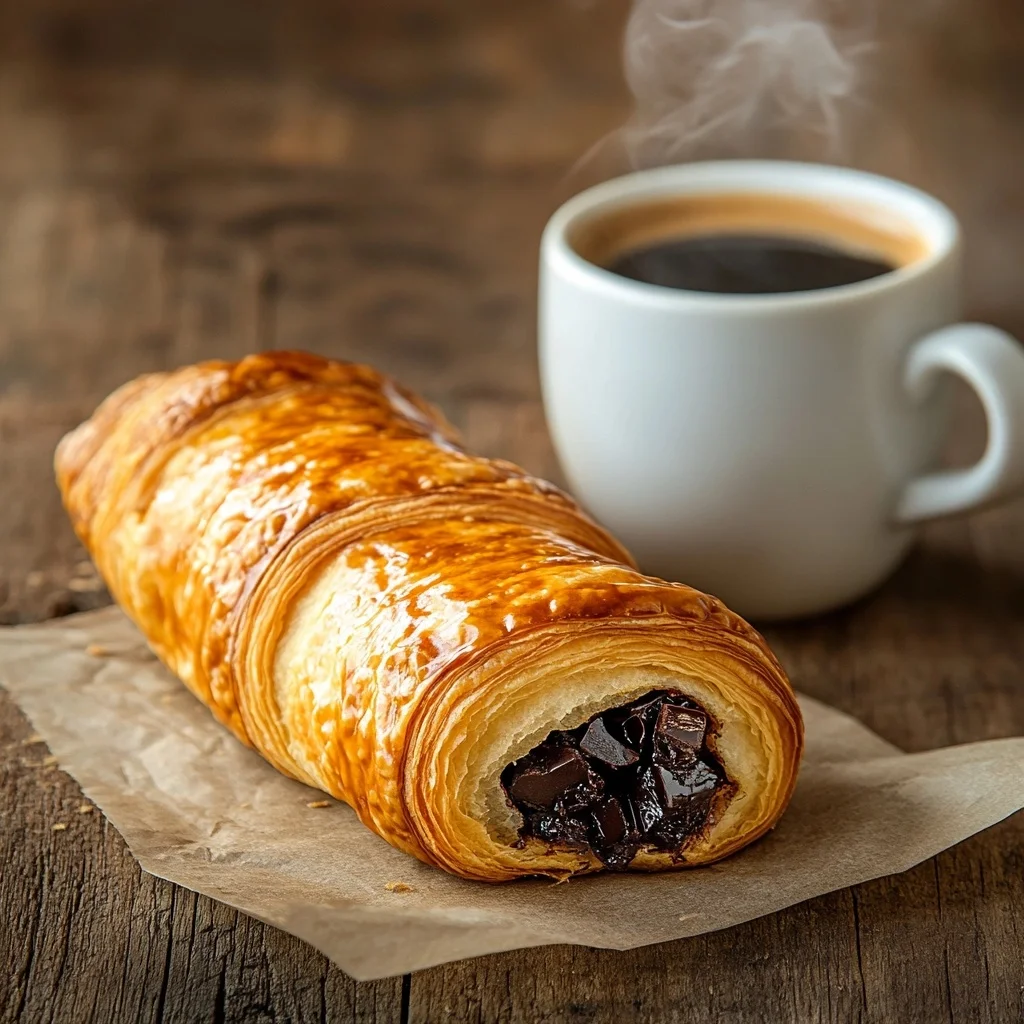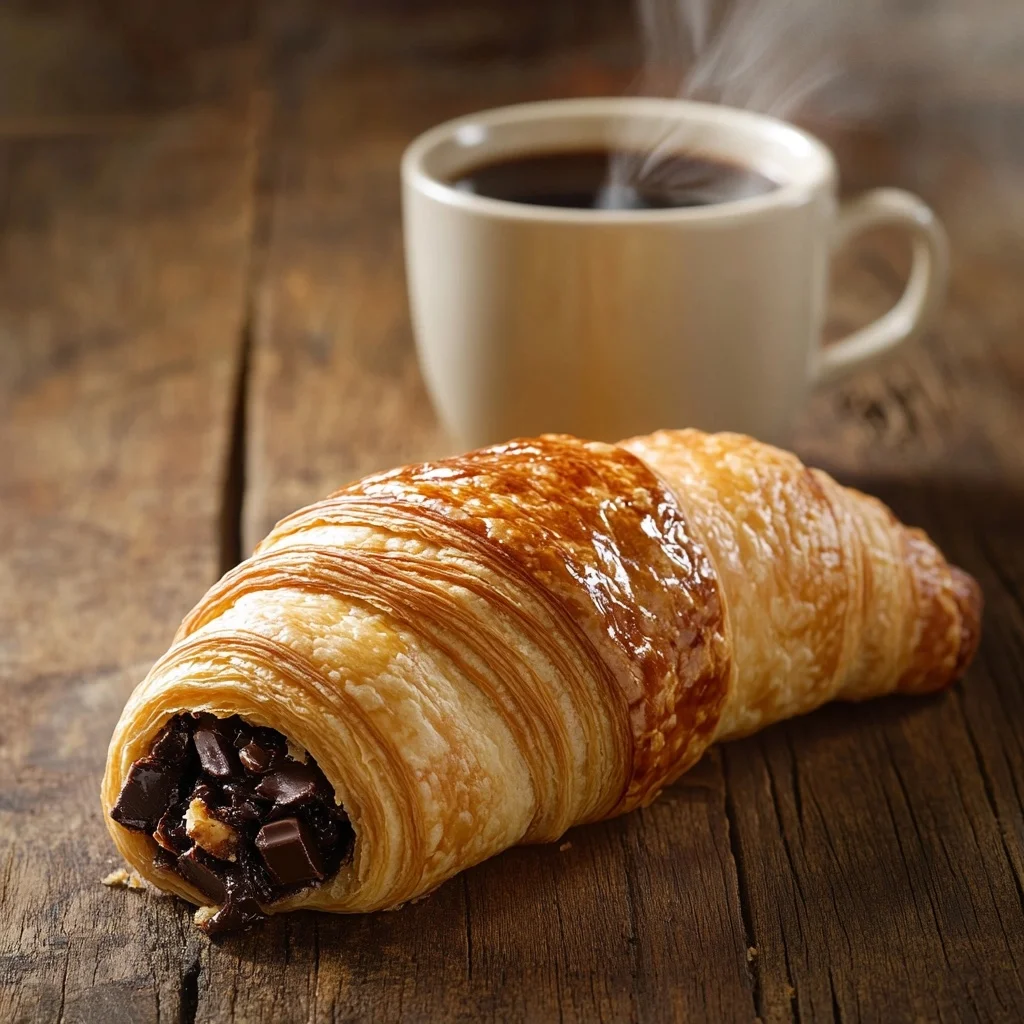If you’ve ever wondered, What is the Swiss Version of a Croissant, you’re in for a treat. While croissants are famously French, Switzerland has its own delicious take on this beloved pastry. The Swiss version of a croissant brings unique twists and flavors, making it stand out in its own right. From chocolate-filled pastries to rich, buttery variations, Switzerland’s contribution to the world of croissants is sure to delight pastry lovers. Let’s explore how the Swiss version of a croissant compares to the classic French version and what makes it so special.
The Traditional Swiss Pastry
Switzerland, known for its stunning landscapes and rich history, is also home to some remarkable pastries. While Swiss cuisine often emphasizes hearty, comforting dishes, their pastries are just as indulgent, though sometimes different from the delicate French versions.
The Swiss take on the croissant is not always the same as its French counterpart, but it still embodies the buttery richness that makes croissants universally loved. In Switzerland, pastries tend to be a little more substantial, often incorporating ingredients like Swiss chocolate, nuts, and high-quality butter to make them extra indulgent.
The “Pain au Chocolat” – A Swiss Favorite
Though not exclusive to Switzerland, the Pain au Chocolat is often seen as the Swiss version of the croissant. The shape of a Swiss Pain au Chocolat is similar to that of a traditional croissant, but it stands out because it’s typically filled with dark chocolate.
This pastry is particularly popular in Swiss cities like Geneva and Zurich, where there is a strong French influence. The Swiss Pain au Chocolat has a slightly denser texture than the French variety and is even more buttery, thanks to the high-quality Swiss butter used. The dark Swiss chocolate filling adds an extra layer of richness, making it a luxurious treat.
Swiss Chocolate Croissant Variation
What sets the Swiss Pain au Chocolat apart from the French version is the quality of the chocolate. Swiss chocolate is world-renowned for its smooth texture and rich flavor. Many Swiss bakeries use generous amounts of local Swiss chocolate to fill their croissants, ensuring a decadent experience with every bite.
Swiss croissants filled with Swiss chocolate are typically richer and more indulgent than their French counterparts, offering a comforting and satisfying flavor profile. The thick chocolate filling, paired with the buttery, flaky pastry, creates a perfect balance of textures and flavors.
Nusstorte – A True Swiss Specialty
If you’re seeking something truly Swiss, look no further than the Nusstorte. Although not a croissant, the Nusstorte is often considered a Swiss alternative. Originating in the Engadine region of Switzerland, this dessert is made of a shortcrust pastry filled with caramelized sugar, cream, and ground hazelnuts.
Though the Nusstorte is quite different in texture and taste from a croissant, it shares a similar indulgent nature. Its rich, nutty filling combined with a buttery crust creates a comforting and satisfying experience, reminiscent of the warmth and richness that a croissant offers.
What Makes Nusstorte Special?
The Nusstorte is a beloved Swiss dessert and a great example of Swiss craftsmanship in baking. The use of locally sourced hazelnuts and premium Swiss butter gives this pastry a distinct flavor that’s both satisfying and memorable. It’s typically served with coffee, making it a popular choice for both locals and tourists in the Engadine region.
While it’s not a croissant, the Nusstorte provides a similar sense of indulgence with its sweet, nutty filling and buttery texture—definitely worth trying if you want to experience something uniquely Swiss.

How Swiss Croissants Differ from the French Version
Swiss croissants may share the same crescent shape as the French croissant, but there are notable differences. Swiss croissants tend to be thicker and denser, thanks to different preparation methods and the ingredients used. This makes them more filling and hearty, which is often the preferred texture for Swiss pastry lovers.
Another key difference is that Swiss croissants are often made with Swiss butter, giving them a richer and more velvety flavor. Swiss croissants can also be filled with a variety of ingredients that differ from the typical French croissant. These fillings range from chocolate to fruit and nut spreads, giving Swiss croissants a broader range of flavors and fillings.
Regional Variations of Swiss Croissants
Like France, Switzerland has regional variations of croissants. In the German-speaking parts of Switzerland, croissants might have a slightly sweeter dough, making them softer and richer. In the French-speaking regions, Swiss croissants are often more similar to the traditional French version, but with subtle Swiss touches, like the use of milk from local Swiss dairy farms or a higher proportion of butter for extra richness.
No matter where you are in Switzerland, you’ll find a wide range of croissant styles, each influenced by local ingredients and traditions.
Where to Find Swiss Croissants
If you’re visiting Switzerland and looking to taste the Swiss version of a croissant, you’re in for a treat. Many bakeries across Switzerland offer croissants with a distinctly Swiss twist. Cities like Zurich and Geneva are particularly famous for their local pastries, with bakeries offering both traditional and Swiss-inspired croissants.
In Zurich, bakeries like Bäckerei-Konditorei Peter serve up croissants made with locally sourced Swiss butter, while in Geneva, Chocolaterie Auer is known for its delicious chocolate-filled croissants, made with the finest Swiss chocolate.
The Engadine region, known for its Nusstorte, is also home to unique bakeries that put their own spin on croissants, often incorporating regional flavors and ingredients to make each pastry truly one of a kind.
Conclusion
The Swiss version of a croissant isn’t limited to just one style. Whether it’s the rich, chocolate-filled Swiss Pain au Chocolat, the indulgent Nusstorte, or the buttery croissants found in Swiss bakeries, Switzerland offers a diverse array of pastries that elevate the humble croissant. While Swiss croissants share similarities with the French version, they stand out due to the use of local ingredients like Swiss butter and chocolate, creating a pastry experience that’s truly unique. So, next time you’re in Switzerland, be sure to try a Swiss croissant and discover the delicious flavors that make this country’s take on the classic pastry special.

